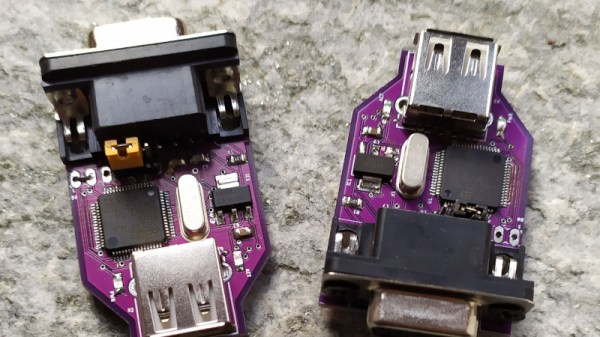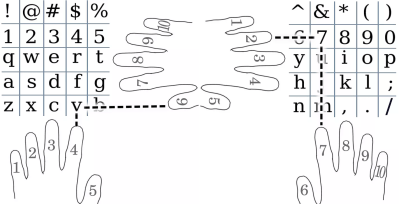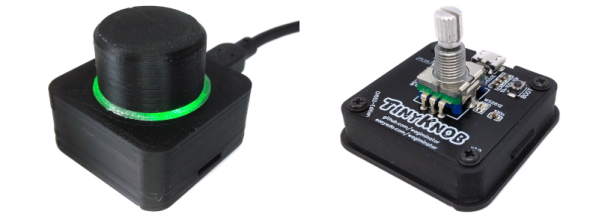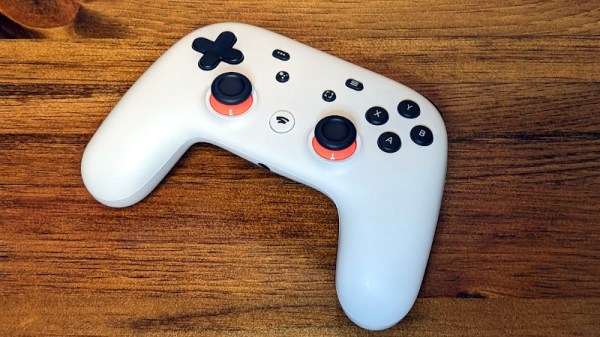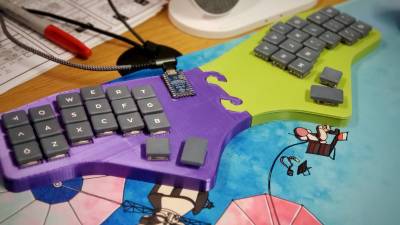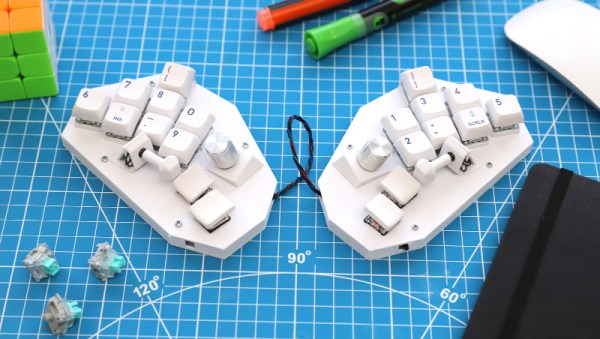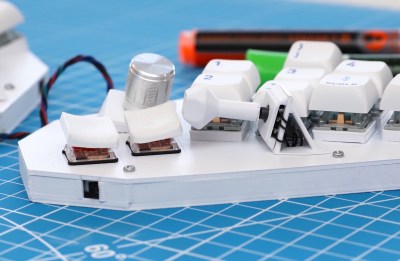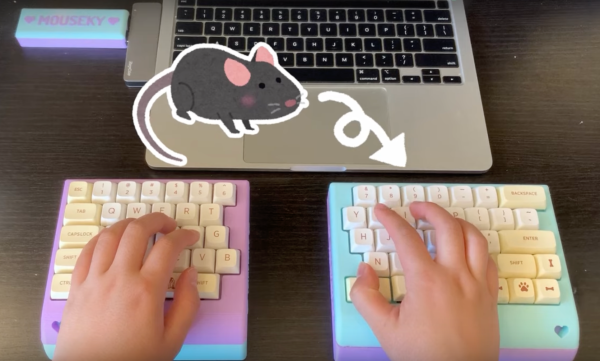When we recently featured an Amiga upgrade project, [EmberHeavyIndustries ] was prompted to share one of their own, an adapter to allow a modern USB HID mouse to be used with the Commodore quadrature mouse port.
The first mice simply transferred the rotation of the ball through rollers to switches or optical sensors which passed pulse trains to the host computer. From the relative phase of these pulse trains the computer could work out what direction the mouse was going, as well as how far it had moved through counting the pulses. Since this was the simplest mouse interface, many of the 16-bit era machines used these signals. The PC meanwhile lacked such a port, so companies such as Microsoft had to place a microcontroller in the mouse to do the position sensing, and send the result over a serial interface. This evolved over time into the USB HID mouse interface you are probably using today.
Unfortunately for owners of quadrature mouse driven machines, real quadrature mice are a little thin on the ground these days, thus the adapter is a seriously useful device. At its heart is an STM32 microcontroller, and it’s been through a few updates and now supports mouse wheels. Your Amiga has been waiting for this!
There are quite a few other treats for Amiga enthusiasts in the EmberHeavyIndustries GitHub account, meanwhile here’s the video upgrade which caused us to receive the tip.

